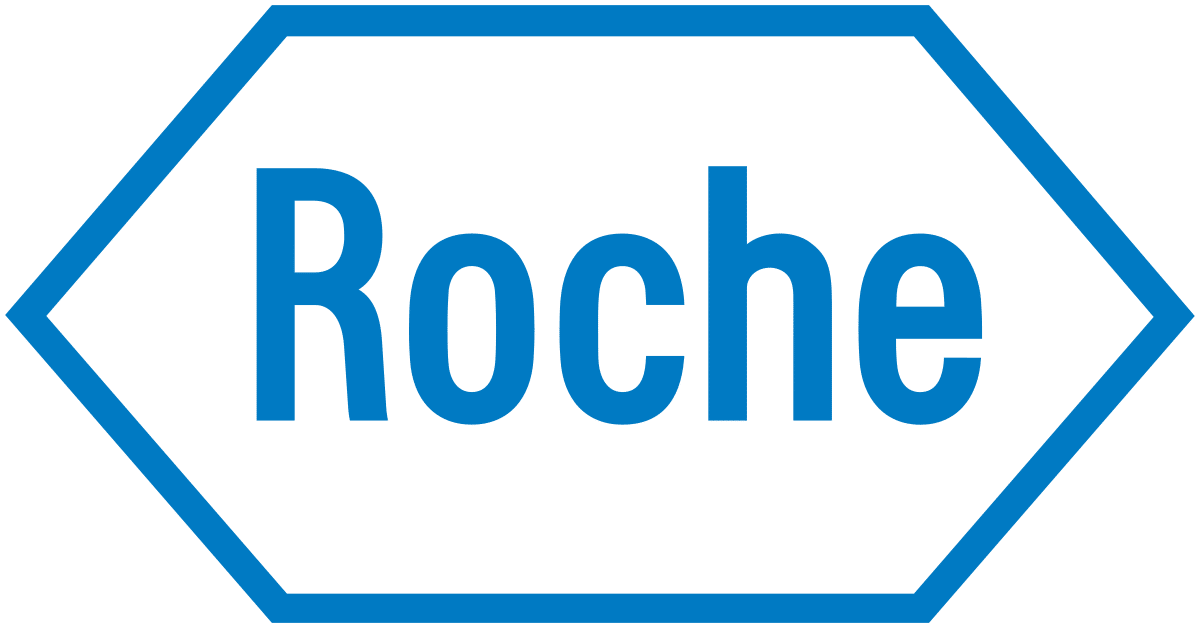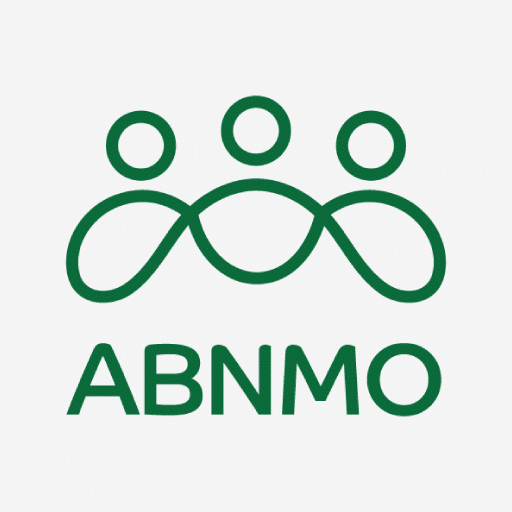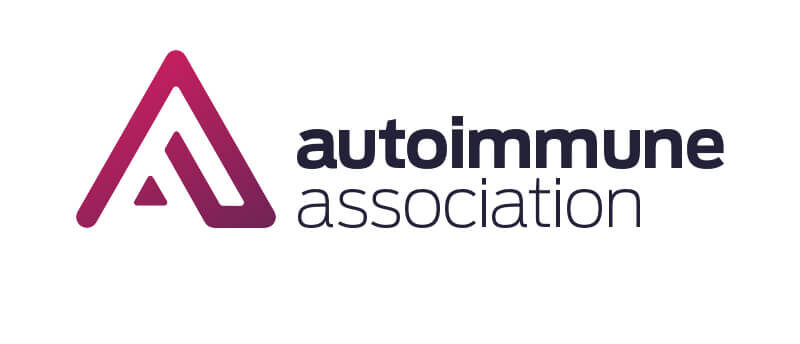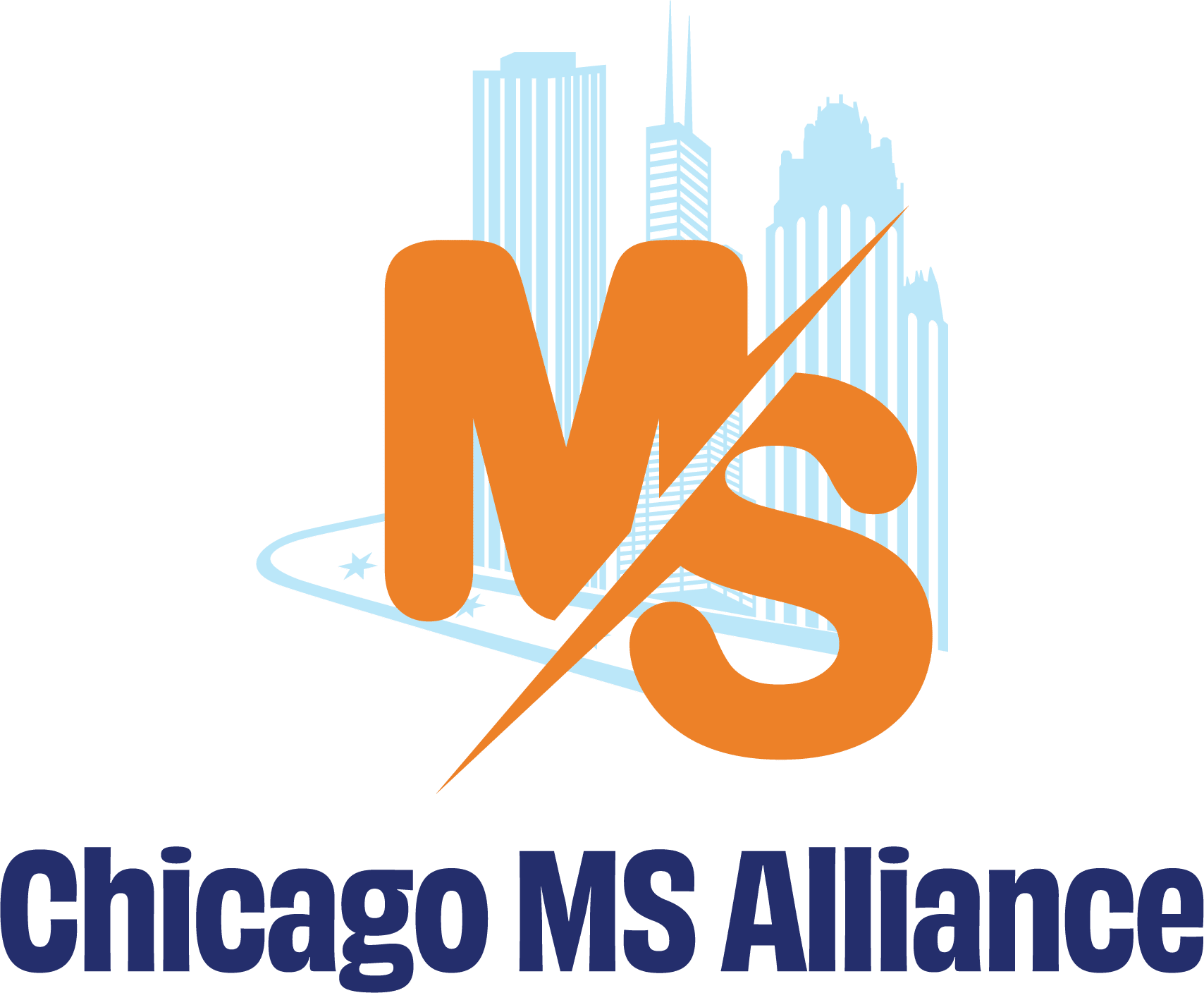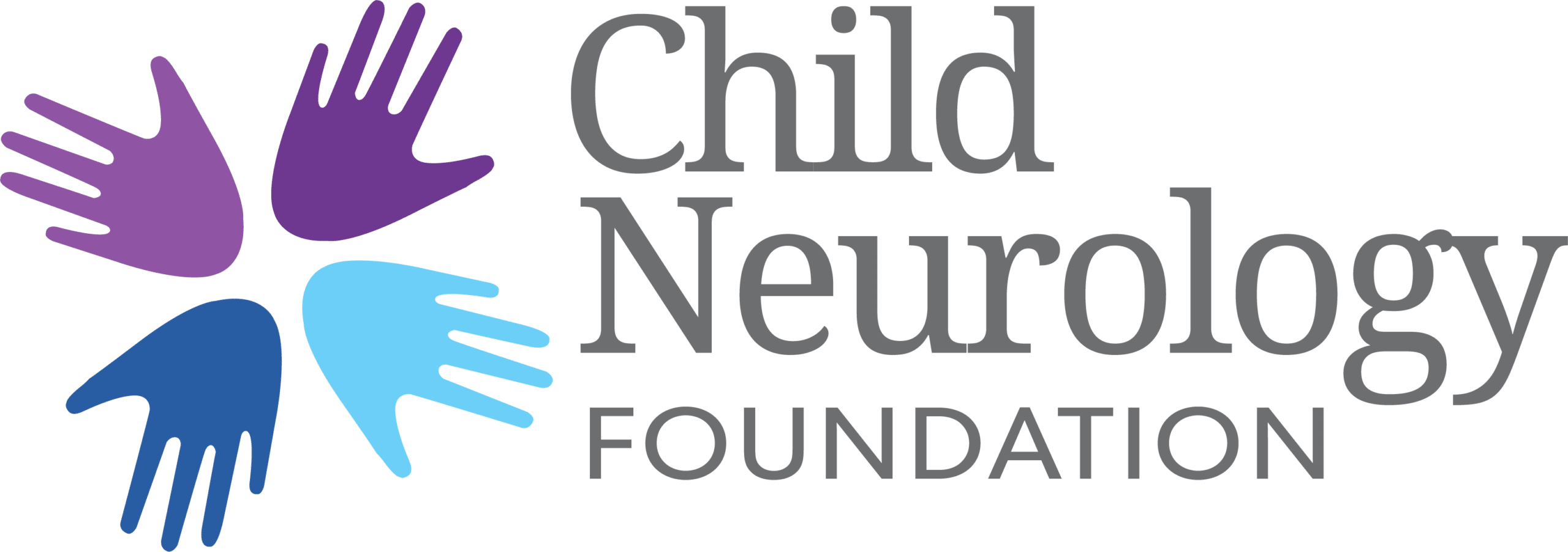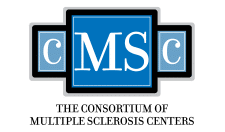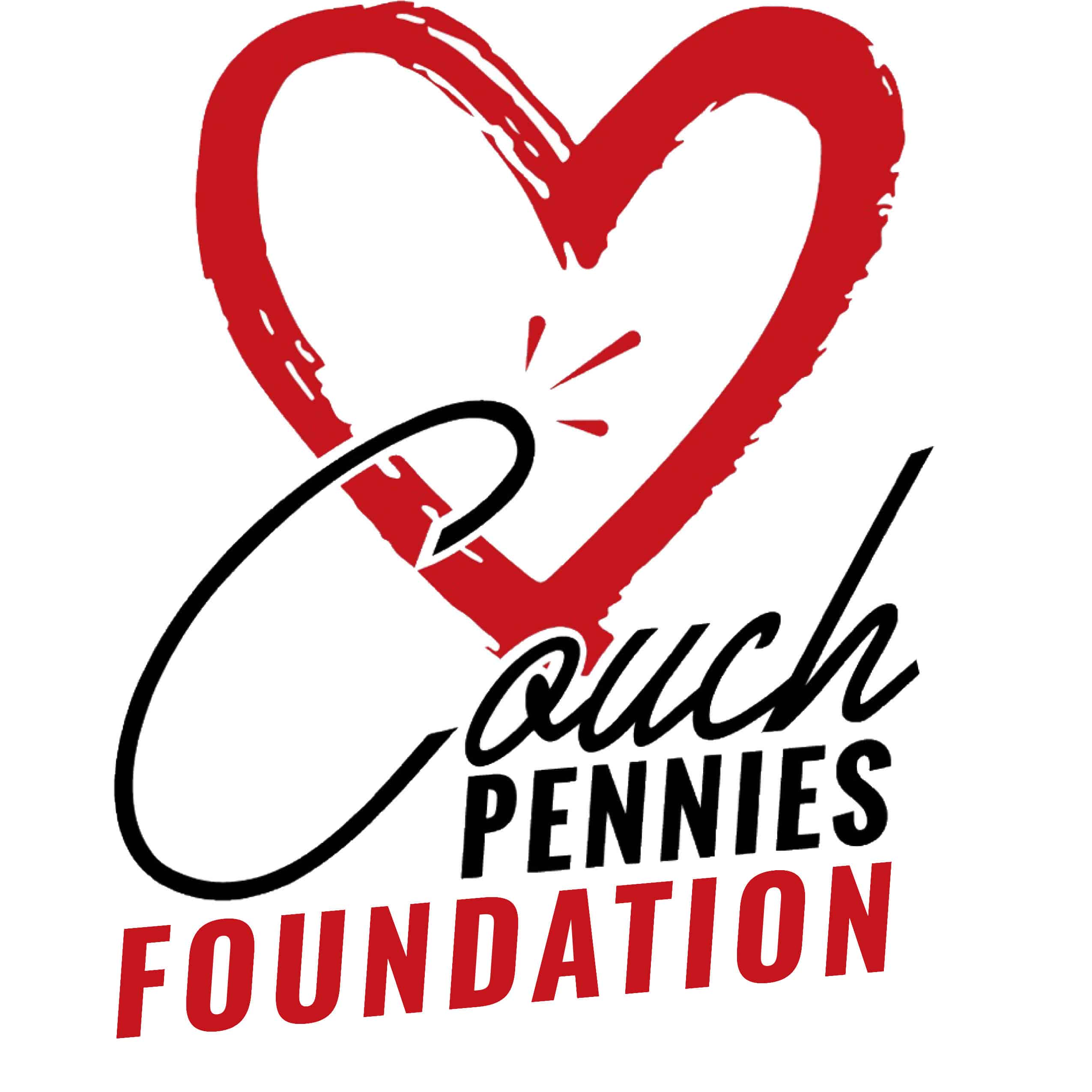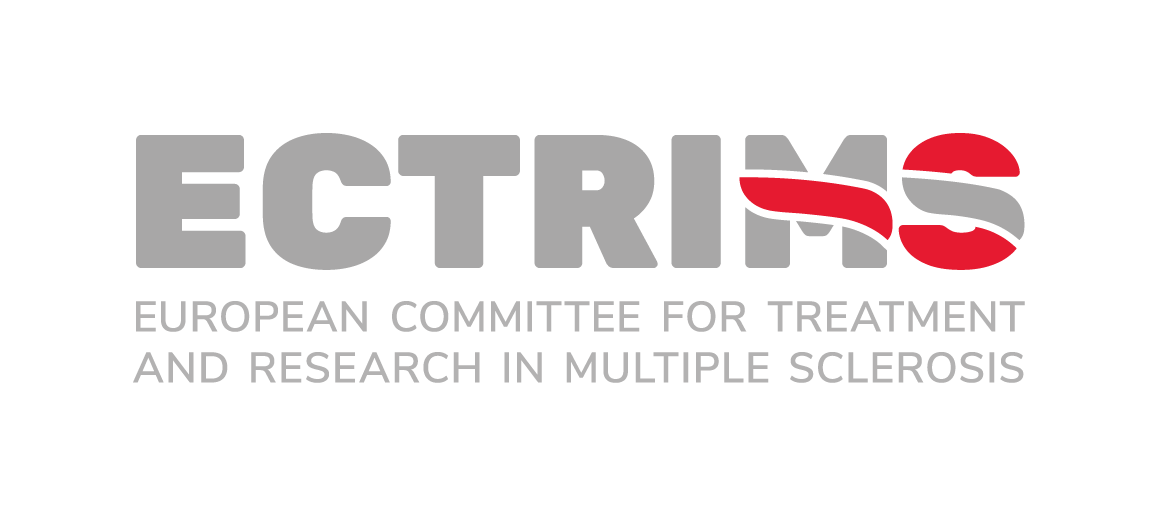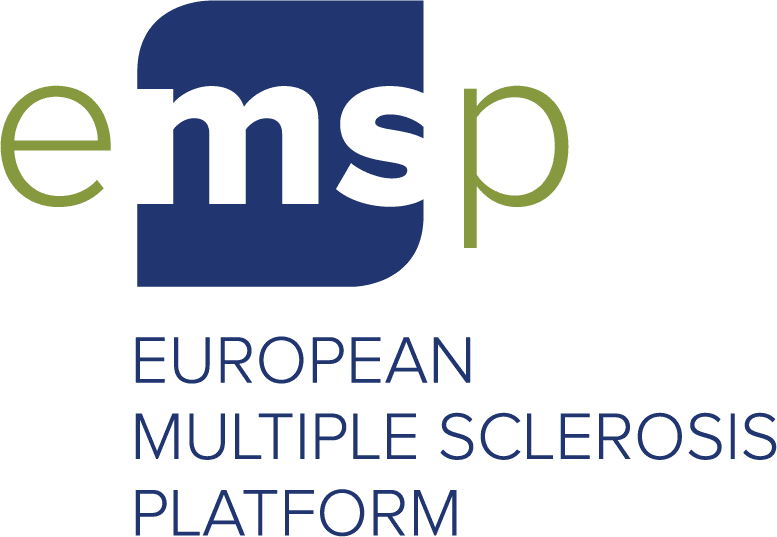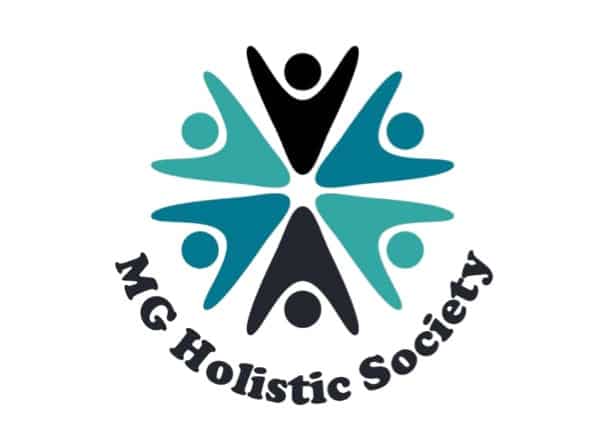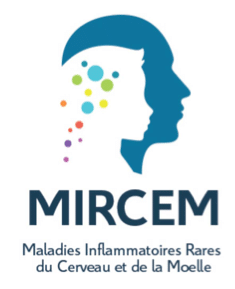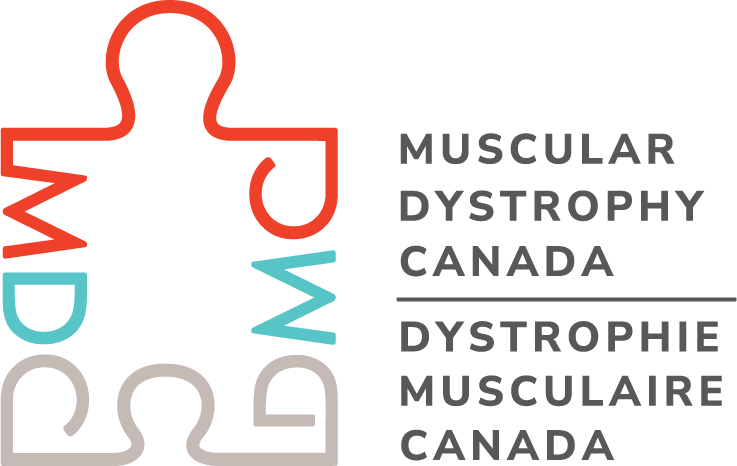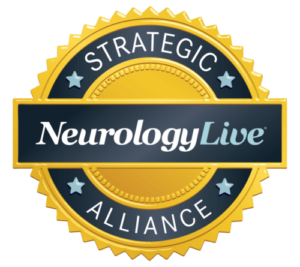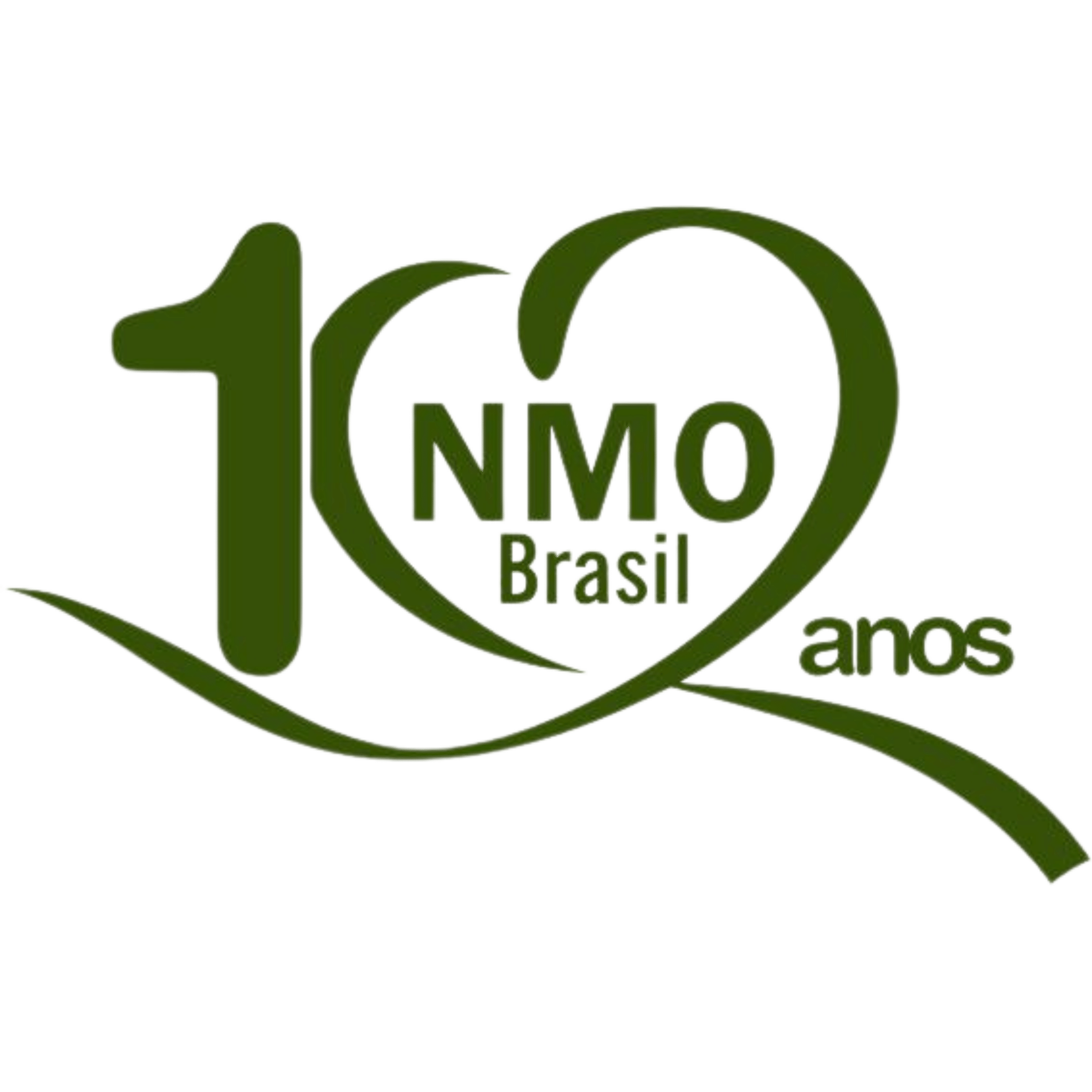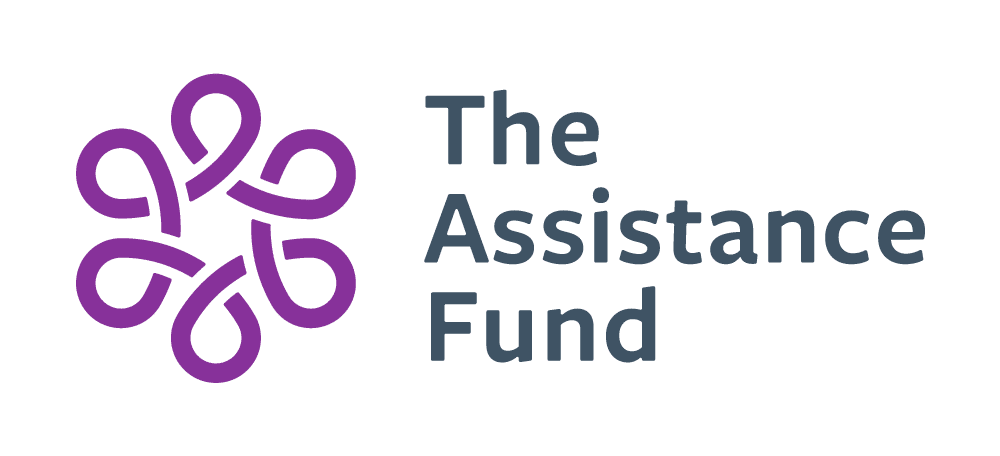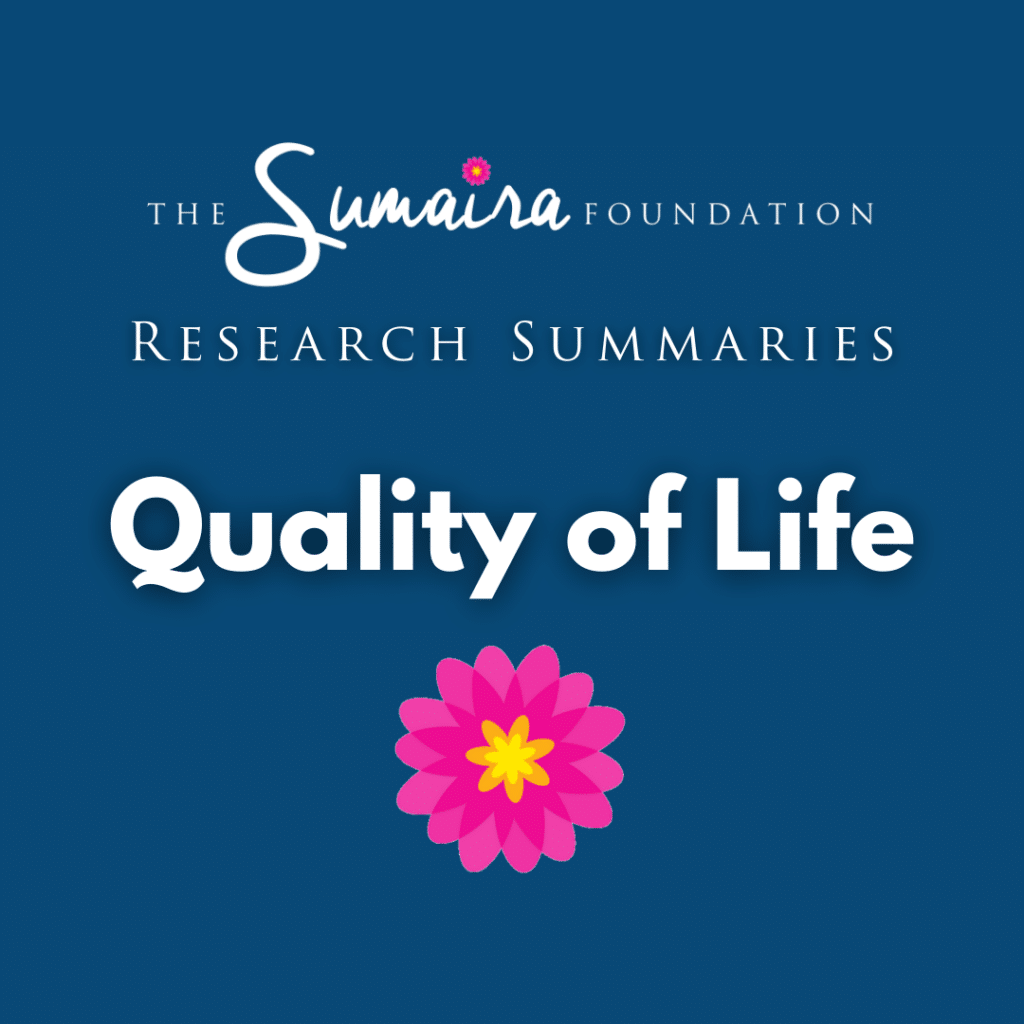
Spinal movement disorders in NMOSD, MOGAD, and idiopathic transverse myelitis: a prospective observational study
Journal: Journal of Neurology; July 8, 2024
Author(s): Hesham Abboud, Rongyi Sun, Nikhil Modak, Mohamed Elkasaby, Alexander Wang & Michael Levy
How common are movement disorders such as spasms, muscle contractions, and tremors in neuroimmune diseases?
Patients with conditions like NMOSD, MOGAD, and idiopathic transverse myelitis (ITM) that involve inflammation of the spinal cord often develop some spinal movement disorders, for example, involuntary spasms, muscle contractions, and tremors. Researchers in this study observed patients with NMOSD, MOGAD, and ITM from 2017 to 2021 to see what type of spinal movement disorders these patients develop and how commonly.
63 patients were evaluated at the neuroimmunology clinic of University Hospitals Cleveland Medical Center, United States — 12 of these patients had AQP4-positive NMOSD (testing positive for aquaporin-4 antibodies), 13 had seronegative NMOSD (testing negative for aquaporin-4 antibodies), 7 had MOGAD, and 31 had ITM.
Patients answered a survey related to movement disorders and underwent some specific tests for movement disorders.
Movement disorders were very common, with 46 (73%) of the 63 patients experiencing them. They were most common in AQP4-positive NMOSD patients (11 of 12, or 92%) and least common in MOGAD (4 of 7, or 52%).
The most common types of movement disorders were
- tonic spasms – sudden, painful tightening of muscles, often causing the body or limbs to stiffen for a few seconds.
- focal dystonia – specific muscles contract and hold the body in an abnormal posture
- spinal tremor – involuntary shaking or trembling of part of the body
- spontaneous clonus – a series of rapid, repeated muscle jerks
- secondary restless limb syndrome – a strong urge to move your legs because of a tingling or itching sensation inside the legs, especially while resting or sleeping
- spinal myoclonus – sudden, quick muscle jerks that come without warning, like a shock or a twitch
Movement disorders rarely started at the time of a relapse but weeks to months after a relapse, about 5 months after a relapse on average.
Patients who had long lesions (damage areas) along the spinal cord (on MRIs) and those who tested positive for aquaporin-4 antibodies tended to have a higher risk of developing movement disorders.
Patients who tested positive for anti-MOG antibodies and were of the African-American race tended to have a lower risk of developing movement disorders.
Related article: Pain in NMOSD and MOGAD: A Systematic Literature Review of Pathophysiology, Symptoms, and Current Treatment Strategies
Free Access: Full text








